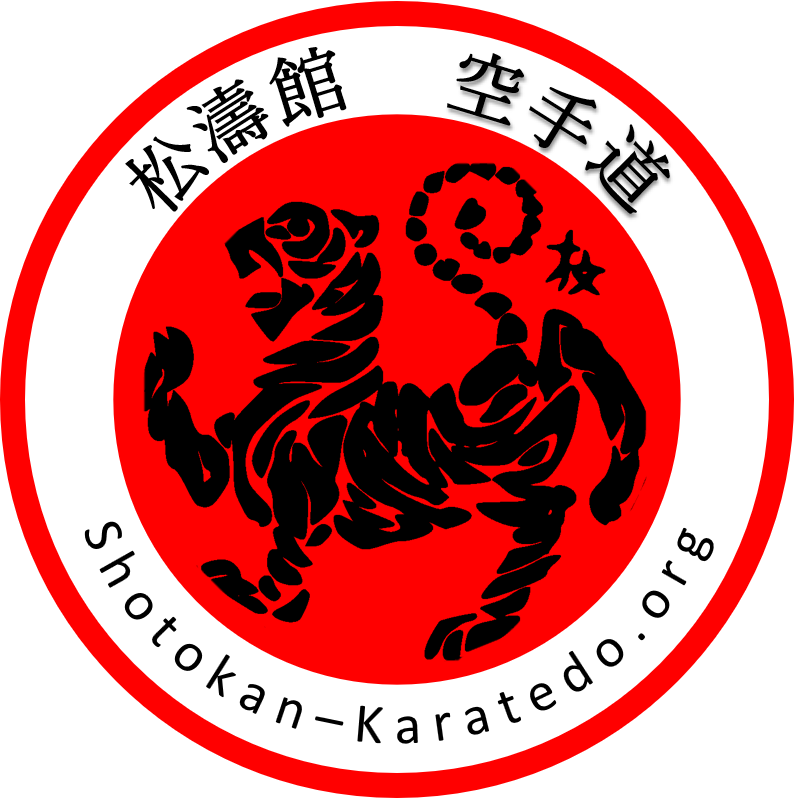
Ten no Kata
天の形
Ten-no-Kata (or 天の形 in Japanese) means ’heavenly form’. In 1935, this training kata of Shotokan Karatedo was published in Gichin Funakoshi’s ”Master Text” titled Karate-Dō Kyōhan, and it was co-developed by his son Yoshitaka Funakoshi (1906 – 1945), just as the Taikyoku kata. The kata itself consists of two parts: the Omote form, which is practiced by the performer alone, and the Ura form, which is to be trained with a partner (in Ippon-Kumite). The kata thus illustrates the original premise of Karatedo: Ikken Hissatsu, that is, to annihilate at one blow (enabling one to face more than one opponent simultaneously). In the video embedded below (recorded on 15 July 2024), budoka Johan Oldenkamp, a former national runner-up from the Netherlands, performs the Omote form of this training kata of Shotokan ( 松濤館 ) Karatedo ( 空手道 ).
Each technique is performed on both sides of the body, so both right (migi) and left (hidari):
- Oi-Tsuki Chudan (Zenkutsu-Dachi)
- Oi-Tsuki Jodan (Zenkutsu-Dachi)
- Gyaku-Tsuki Chudan (Zenkutsu-Dachi)
- Gyaku-Tsuki Jodan (Zenkutsu-Dachi)
- Gedan-Barai (Zenkutsu-Dachi) & Gyaku-Tsuki Chudan (Zenkutsu-Dachi)
- Uchi-Uke (Zenkutsu-Dachi) & Gyaku-Tsuki Chudan (Zenkutsu-Dachi).
- Shuto-Uke (Kokutsu-Dachi) & Nukite Chudan (Zenkutsu-Dachi)
- Shuto-Barai Jodan (Kokutsu-Dachi) & Gyaku-Tsuki Jodan (Zenkutsu-Dachi)
- Age-Uke (Zenkutsu-Dachi) & Gyaku-Tsuki Chudan (Zenkutsu-Dachi)
- Soto-Uke Jodan (Zenkutsu-Dachi) & Gyaku-Tsuki Chudan (Zenkutsu-Dachi)
© Shotokan-Karatedo.org : This page was last updated on 2024/07/16.